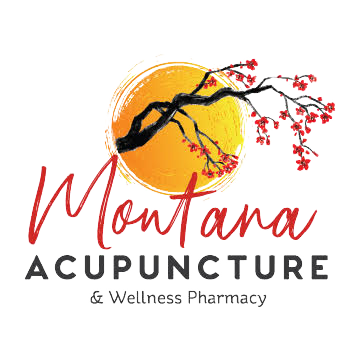
What is Traditional Chinese Herbal Medicine (TCHM)?
Traditional Chinese Herbal Medicine (TCHM) is the most comprehensive and sophisticated in the world to improve internal organ function and physiology. Many other cultures have herbal medicine as part of their folk remedies but none have been developed like TCHM.
The Chinese Materia Medica (a pharmacological reference book used by TCM practitioners) describes thousands of medicinal substances—primarily plants, but also some minerals and animal products. Different parts of plants, such as the leaves, roots, stems, flowers, and seeds, are used. Once a diagnosis is made, a custom granular herb formula is made to address your main complaints.
What are the benefits of traditional Chinese medicine?
By the time you are reading this you have been through years of a chronic health condition and tried numerous medications which resulted in unwanted side effects while your condition was only be palliated at best, or possibly made worse, and not RESOLVED! Most people are happy to know that many chronic health conditions can be significantly improved, and often are completely resolved, safely and effectively, by TCHM.
Below are some examples of some of the most readily used drugs in the world that were originally derived from plants.
Read more about Traditional Chinese Medicine here.
From “seed to shelf,” the herb companies I use in my clinic ensure purity, safety and potency in their herbal extracts by following standards of current Good Manufacturing Practice (cGMP) established by the US Food and Drug Administration (FDA) and World Health Organization (WHO). Endangered species are not used!
Read more about the quality of herbs used in my clinic here.
